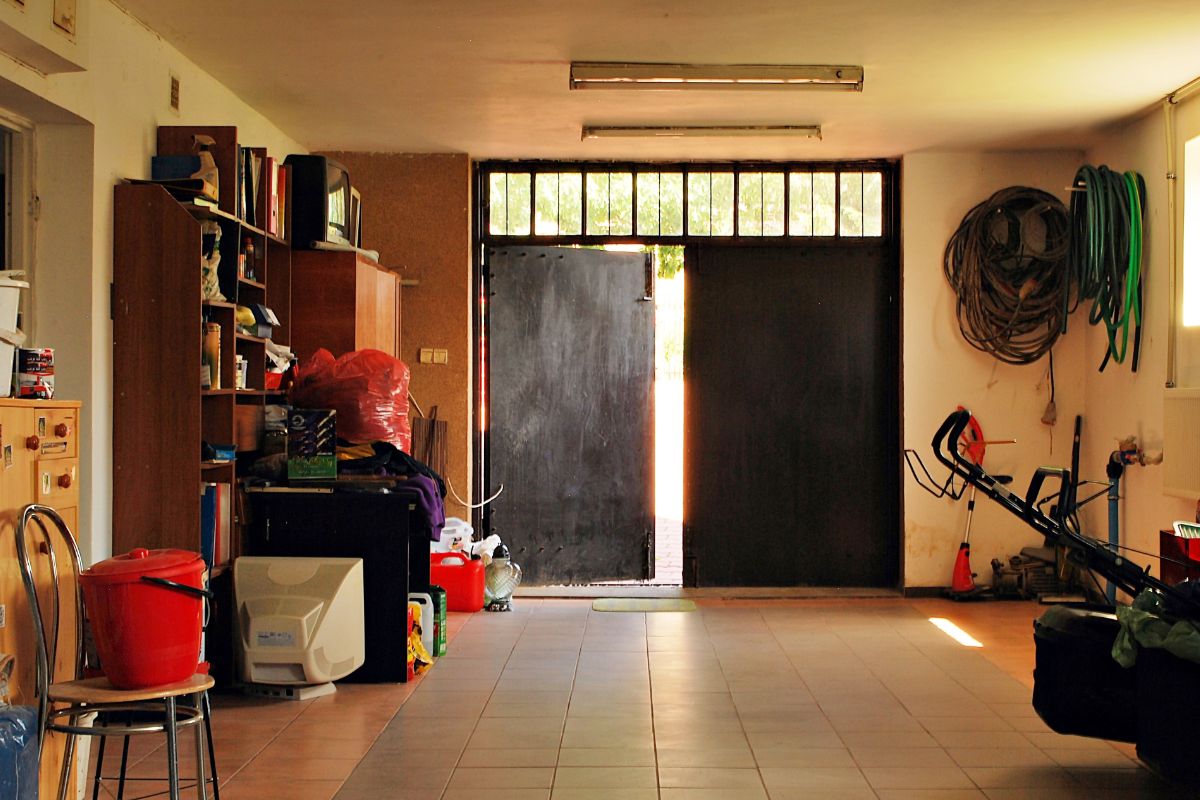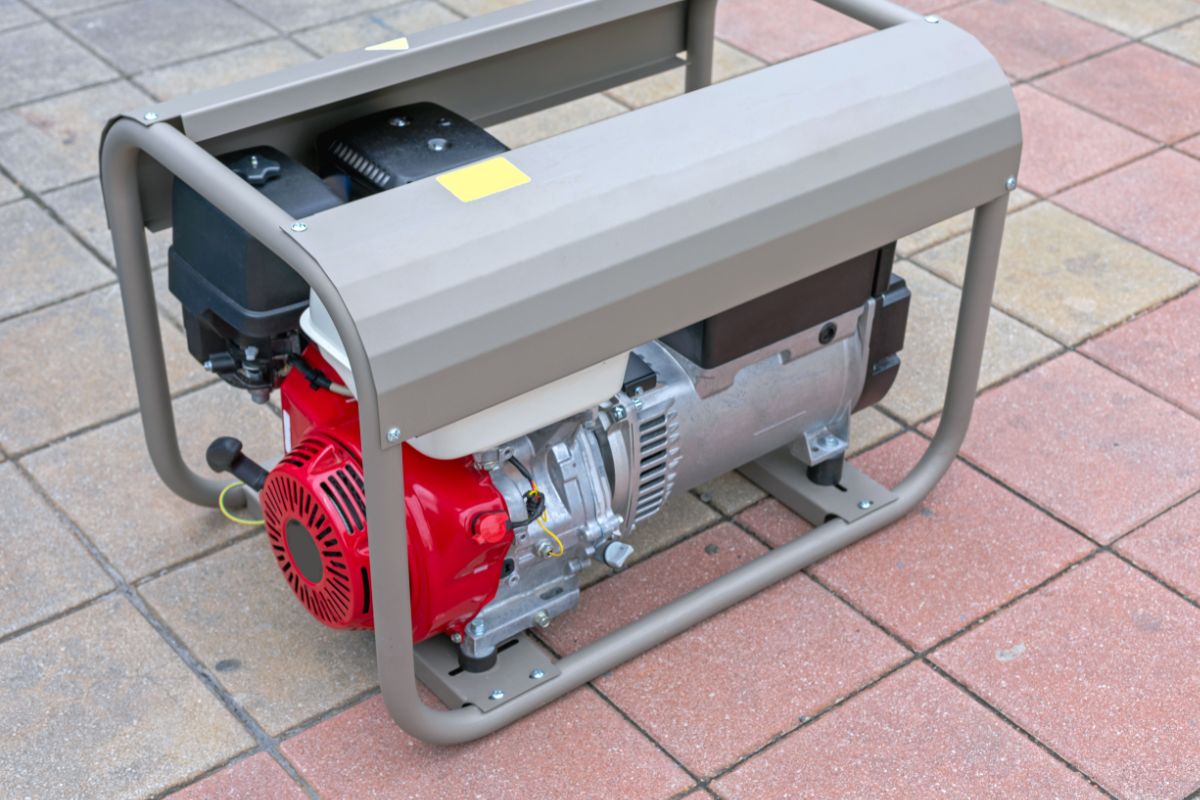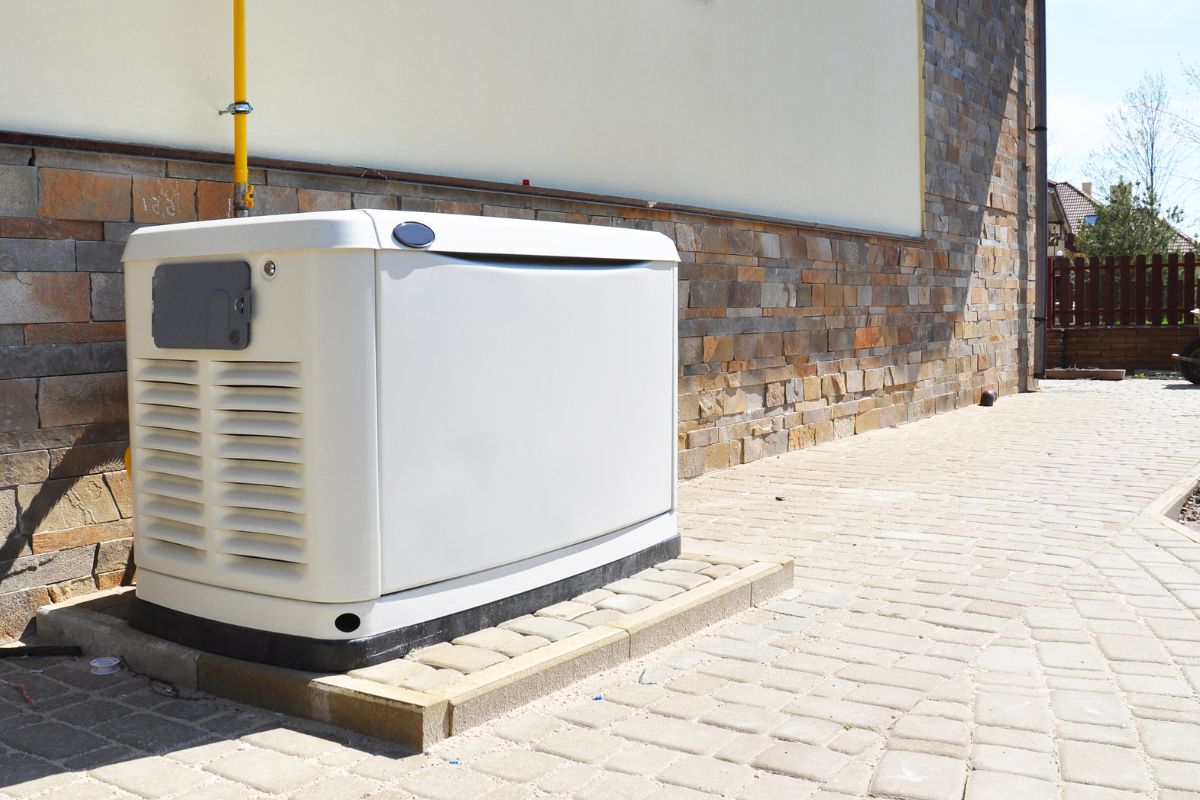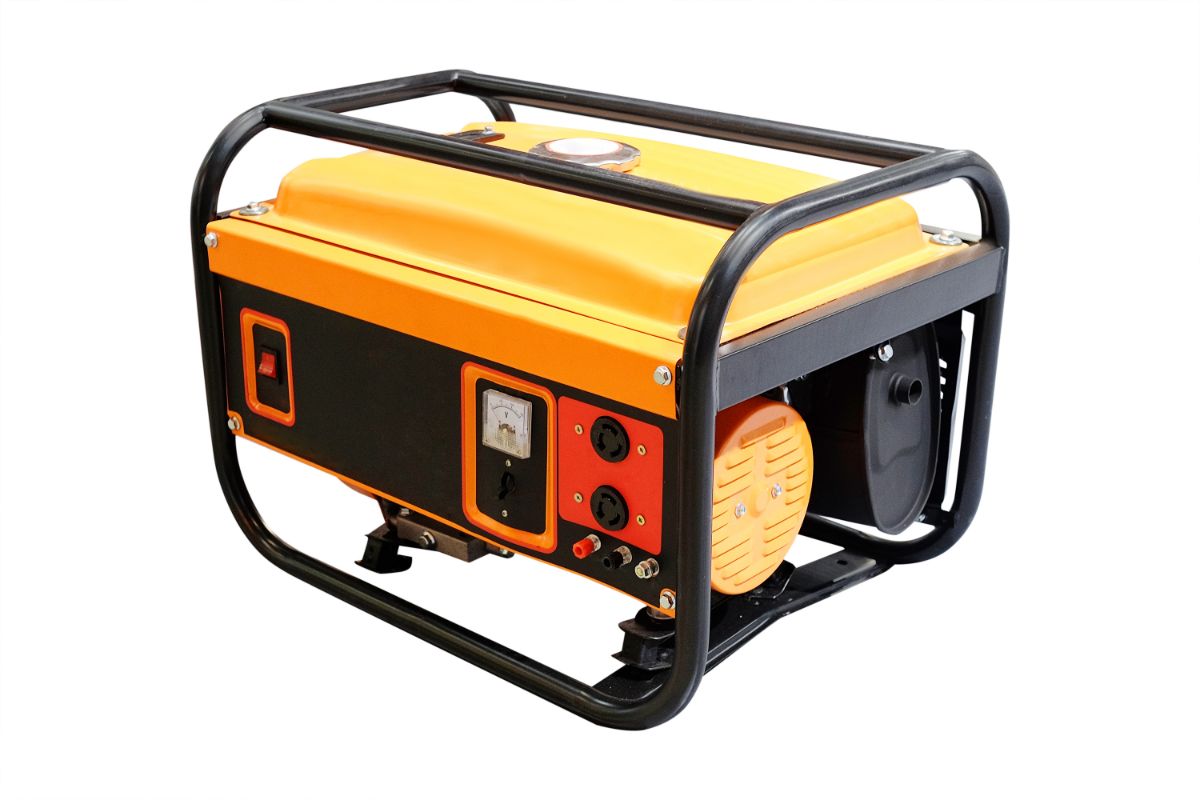Can the Most Advanced Home Energy Monitor on the Market Save You Money?
Products that can help us save on our energy bills are always an enticing prospect, and none stand to be more effective than home energy monitors.
These intelligent devices measure power consumption, allowing us to make informed decisions on how to make our homes more energy-efficient and reduce our carbon footprint.

Sounds good, right? But the more advanced models – the ones that promise to save you the most money – can be pretty expensive themselves, which seems a little counterintuitive.
Are they really worth it in the long run? Well, there’s no better way to find out than a review of Sense, the most advanced home energy monitor on the market.
Sense at a Glance
Sense is a super high-tech, upmarket home energy monitor that links up to your panel and tells you everything you could ever possibly want to know about your energy usage.
From the price of charging your laptop or phone overnight, to the cost of running your whole household for a year…Sense knows all!!!
Sense can also tell you more general information, such as how long an appliance has been running, or the exact time something was turned on or off — nothing slips through the cracks.
The idea is that we use Sense’s high-tech features and super accurate energy reports to address our bad energy habits and identify power-hogging appliances in our homes that have been surreptitiously bleeding us dry.
There are a variety of cheaper energy monitors on the market that can help us achieve roughly the same things, but Sense is by far the most fleshed out, feature-dense, and user-friendly of the bunch.
Sense Energy Monitor
Sense — Pros and Cons
If you’re in a rush but still want to know how the review pans out, check out this pros and cons list for a general overview.
Pros
- It discovers appliances automatically using machine learning.
- The app is incredibly user-friendly.
- You get remote access to energy readings via the app.
- The robust feature-set can genuinely help you cut your energy bills.
- Insanely accurate power readings.
Cons
- Machine learning can take a while, and it’s not always correct.
- It’s a very expensive energy monitor system.
- You’ll probably have to call an electrician to install it.
Sense Features
You may be wondering if advanced features are really worth the premium, considering the purpose of an energy monitor is to save a few bucks. It’s a valid point, but when it comes to energy efficiency, knowledge isn’t just power…it’s money.
The more details an energy monitor can give you, the more efficiently you can run your household. So, just how detailed is Sense? Let’s find out!
Appliance Identification Technology
Sense doesn’t just add up your total energy consumption, it uses advanced machine learning (a subset of AI) to identify your appliances too, providing you a more holistic and nuanced picture of how your house uses, and possibly wastes, energy.
It takes Sense around about a month to pick up the first 12 individual devices in your home. It may take a further 11 months to reach its 30-appliance capacity, which seems a little sluggish to me, but many report that 4–8 months is a more realistic interval.
If two appliances draw a similar current, Sense can mistake them as being the same thing, in which case, you have two options. You can…
- Enter your appliances manually, or…
- Tell Sense that it wasn’t quite right that time around, thereby altering its identification algorithms and giving it another shot at figuring things out on its own.
Real-Time Cost Tracking
Sense also shows the real-time effect of your energy decisions via a constantly fluctuating graph and shifting statistics.
For example, if you pop a frozen meal in the microwave, you’ll see the graph spike, or if you are at work, you’ll notice a deviation when your kids get home from school and turn on the TV.
What’s more, Sense translates the wattage of your power usage directly into dollars, so you know exactly how much you’re spending at any given moment or over a certain duration.
Remote Access
You’re probably wondering how Sense communicates all of this information. Well, it’s accessible on your smartphone (Android & iOS) via the Sense app. As long as you’ve got signal, you have access to all the data recorded by Sense.
Custom Alerts
If you have sensitive, power-hungry, or dangerous appliances running in your home, you’ll benefit from Sense’s custom notifications feature. These alerts can be time-based, ranging from 15 minutes to 30 days.
For example, you could tell Sense to alert you if your refrigerator goes down for 15 minutes or your sump pump has been running too long.
The alerts can also simply inform you when a device of your choosing is switched on or off, but it’s important to remember that you can’t control your devices via Sense the way you can with smart plugs.
However, the information is still valuable. Say, for instance, you left your toaster oven on. Sense warns you, so you can head home, switch it off, and avoid potential disaster.
Time-of-Use Rate Input
Many energy suppliers use time-of-use rates these days, meaning energy prices drop during off-peak hours and skyrocket during peak hours. Sense allows you to input your provider’s off-peak and peak services, so you’re always provided time-accurate running costs.
Solar Compatibility
If you’ve got a solar array on the go, you’ll be happy to hear that you can purchase an expansion that enables Sense to monitor your solar harvest and how it’s put to use in your home.
Smart Home Compatibility
You can also link Sense up to a virtual assistant of your choice, or link it to certain smart plugs to form the ultimate automated Smart array.
Installing the Sense Energy Monitor
The user manual makes it clear that Installing the Sense Energy Monitor is by no means a DIY project. However, if you believe you have the skills to fit the monitor yourself, you can find instructions on how it’s done on the Sense website.
The installation process involves…
- Connecting Sense to a 240V breaker.
- Installing the Sense antenna.
- Installing a pair of clamp sensors
Don’t worry if there isn’t enough space in your panel enclosure for the monitor, as Sense provides a mounting bracket for external installation. The whole process should take little over 20 minutes.
Setting Up Sense
Once you’ve installed the hardware, set up only takes a few minutes, and it’s a total cakewalk. Just download the app onto your phone, create your Sense account, then the app guides you through the rest.
As soon as that’s done and dusted, Sense starts taking care of business, sharing live readings with the app, and it’s downright mesmerizing. You’ll likely spend the next half an hour flicking things on and off just to watch the graph adjust.
Behind the scenes, Sense is already using its machine brains to figure out what sort of electronics you have in your home.
It tends to find the bigger stuff with unique signals first, such as your heating and cooling system, refrigerator, freezer, and – if you’ve got one – your coffee maker.
Once Sense is ready to have a crack at this game of gizmo Guess Who, the app will alert you that it has a hunch. It’s pretty cool to witness, even if it gets it wrong at first.
Is the Sense App Any Good?
Being that all features and functionalities are accessed on the app, it was always going to make or break the Sense system, and I’m happy to report that it’s an absolute joy to use.
There are 4 well-labeled menus found at the bottom of the screen (5 if you have the solar expansion).
- The “Now” menu shows your real-time power usage as well as a device activity timeline.
- The “Solar” menu is basically just a dedicated “Now” screen for your solar array.
- The “Trends” menu allows you to set energy-saving goals and track your progress.
- The “Device” menu displays appliance-specific energy reports. You can check how much each appliance will cost to run over a set period.
- And finally, we have the “Settings” menu, where you can set billing details, manage your Sense account, and adjust your notification preferences.
Despite the depth of its features, the Sense app is nowhere near as esoteric as you might think. It’s all incredibly well-designed, and after a few days of familiarizing yourself with the interface, it’s very easy to use.
The Final Verdict — Does Sense…Make Sense?
The Sense Energy Monitor is objectively expensive, but it does offer you quite a lot of bang for your buck. The features are out of this world, and the app is more or less flawless.
I think a lot of prospective buyers are a little let down that an energy-based device at this price doesn’t have some sort of power-saving technology baked-in, but that’s just not what Sense is about.
Sense provides the tools you need to identify problem areas in your home, but you have to put the effort into making the positive changes that will reduce your energy bills.
If successful in this endeavor, the Sense Energy Monitor will eventually pay for itself. You may not begin seeing a return on your investment for about 18–24 months, but you will get there in the end, and everything after that is pure profit!
I Give the Sense Energy Monitor 4.5 out of 5!




